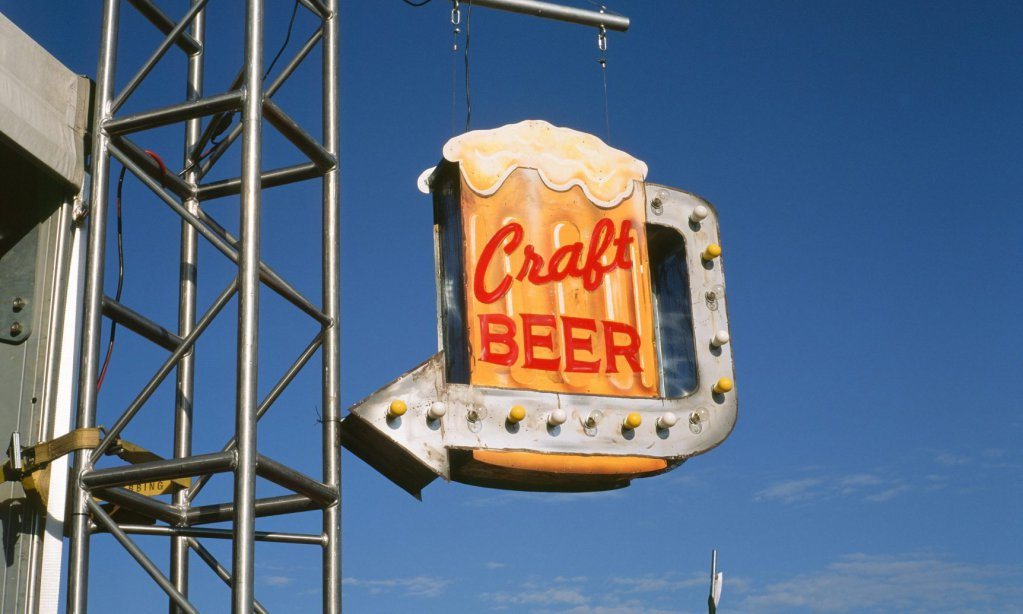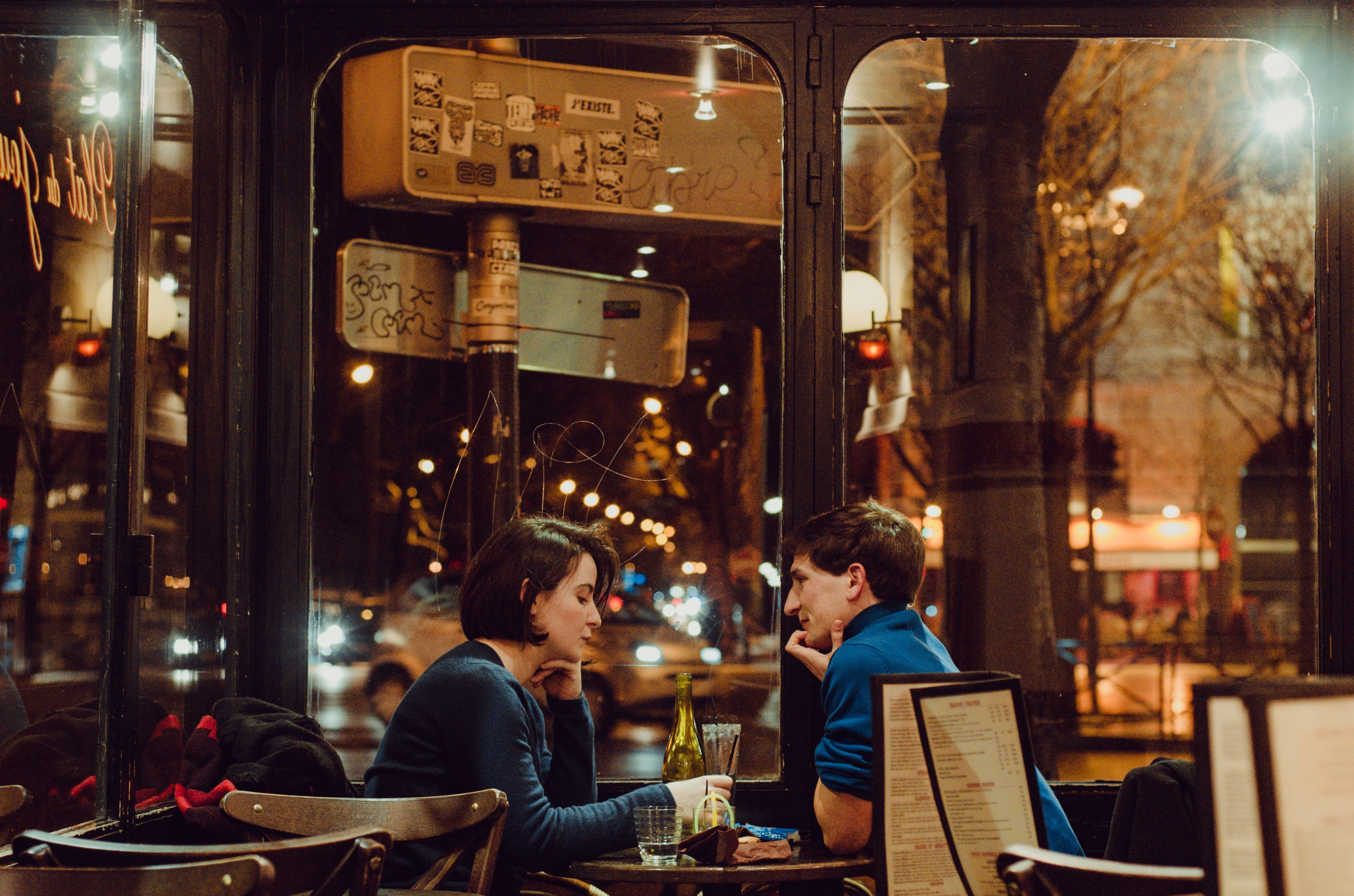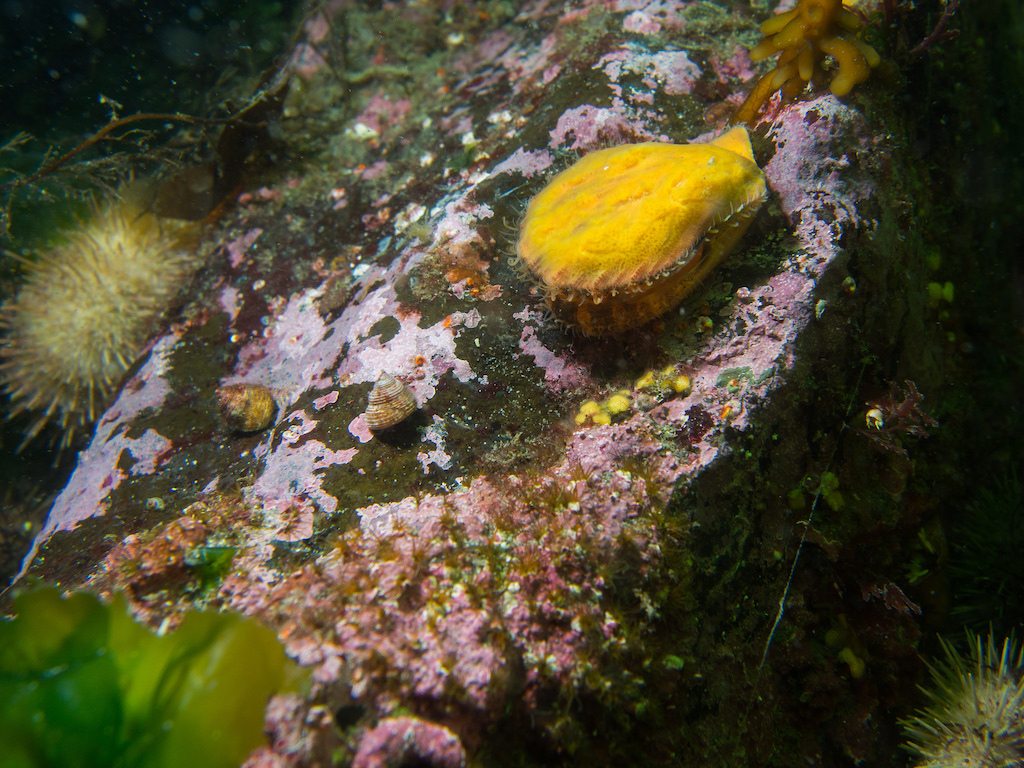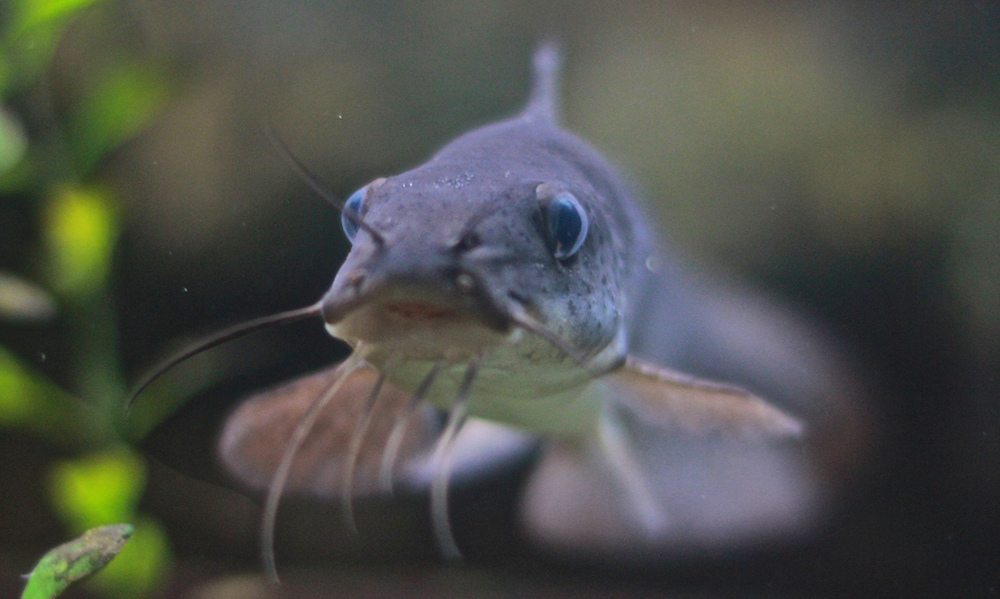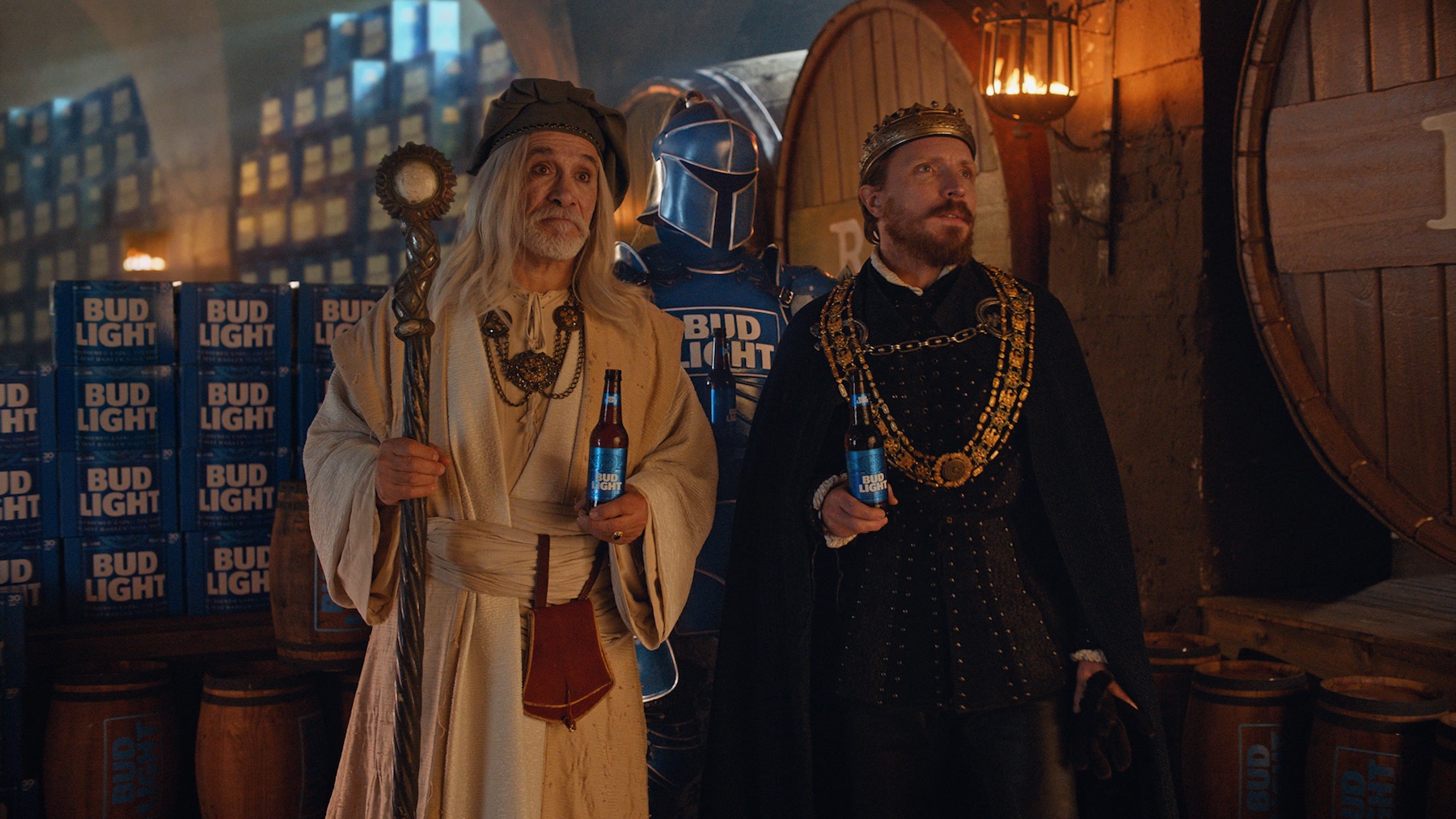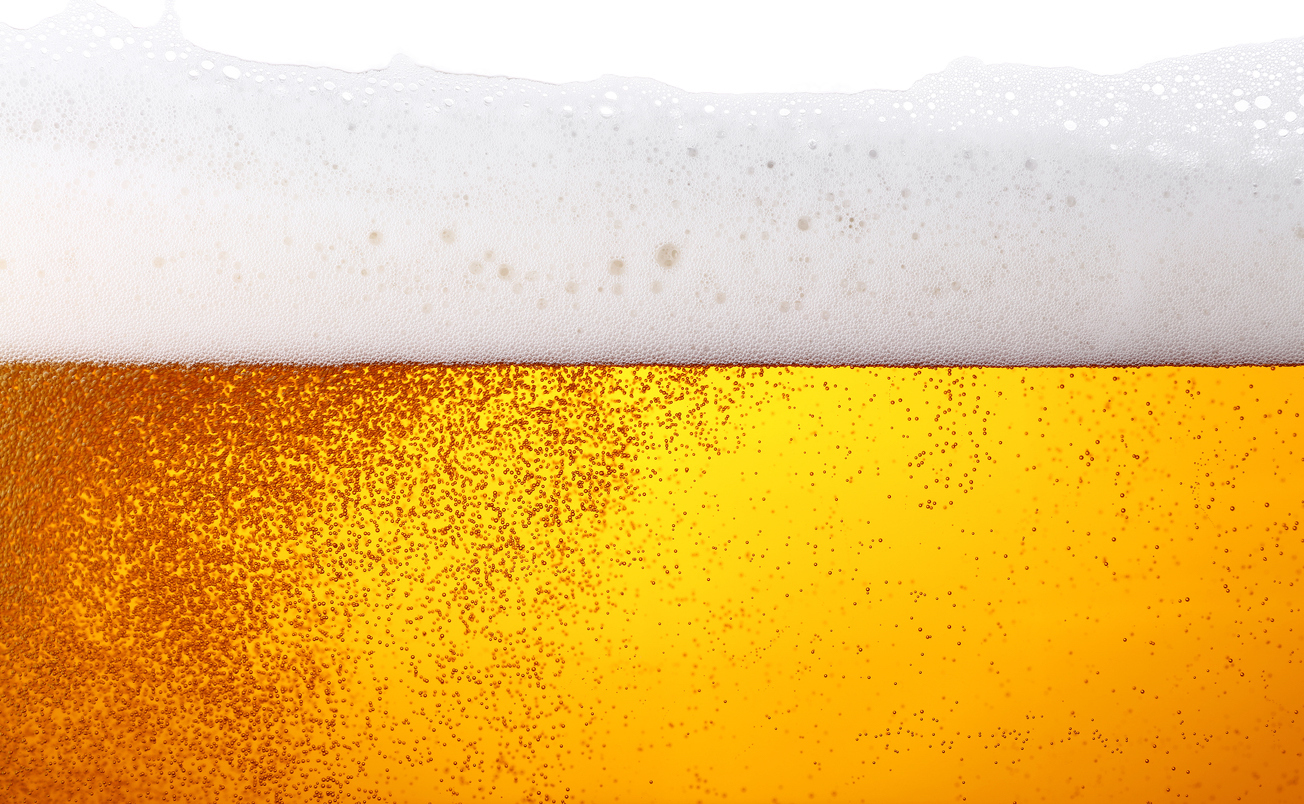
BreakingTheWalls / iStock
By the end of this year, there will be precisely one state left—Minnesota—in which an unpopular, Depression-era drink is the standard grocery store option. That beverage is 3.2 percent beer, or “three-two” beer, which has survived due to strange quirks of history and law, monopolistic interests, and general bureaucratic apathy.
Millions of people drink it. Nobody, as far as I can tell, likes it.
State to state, the laws which birthed three-two beer vary. In states like Colorado, 3.2 laws restricted certain retailers (like grocery stores) from selling any stronger beer. Sometimes, as in Oklahoma and Utah, that severely restricted the ability of people to find normal-strength beer, due to a lack of approved liquor stores. In not-too-distant history, 3.2 beer was legal for 18-year-olds to drink in some states. But in general, only apathy and business pressures have kept 3.2 percent beer in stores; people generally hate it, and hate the laws that birthed it.
???
 csfotoimages / iStock
csfotoimages / iStock In terms of weight, Bud Light is a 3.2 percent beer
Alcohol in 2019, as it has been for the past half-century, is measured in terms of ABV, or alcohol by volume. But because 3.2 percent beer is an odd relic of the past, it is not measured in this way; 3.2 actually means the percentage of alcohol by weight. If we’re talking in terms of ABV, which modern drinkers understand much better, 3.2 percent beer is really 4.0 percent beer. That’s not too different from the percentage of alcohol by weight in many “full” beers; Amstel Light clocks in at 4.1 percent, and Miller Lite, Coors Light, and Bud Light are all at 4.2 percent.
And yet, for over 80 years (and counting, in Minnesota), if you wanted to sell beer in certain states, you’d have to make it weaker.
This is exactly the kind of bizarre law that’s so fun to examine. The end product is hardly different from unrestricted versions, yet it’s widespread and pernicious enough to have had huge effects on the way people live and drink. And it all comes back to Prohibition.
The 1897 Bottled-in-Bond Act was the first real legislation to establish any oversight on what goes into bottles of liquor; at that point, the idea of labeling alcohol content on a beer was totally unknown. It was only with the ratification of the 18th Amendment, establishing Prohibition, that the country began to look seriously at how to treat alcohol as a public health concern, and as a potentially dangerous product.
Czech beer culture has always included light beers, some as low as 3 percent alcohol by volume. The Czechs had strict categorization of beers reaching as far back as the 19th century, and what we’d now call “session” beers—with alcohol levels below 5 percent—were common. The major American breweries, including Budweiser, Pabst, and Schlitz, looked to Czech and German beer styles, many of which were light pilsners and lagers. These breweries sometimes tried to market their beers as health tonics; Schlitz once shined a bunch of ultraviolet light on its beer and marketed it as “Sunshine Vitamin D Beer.”
During the ramp up to Prohibition, the view of beer as being not really alcoholic in nature was pervasive; many states, White says, assumed that beer wouldn’t be included in the 18th Amendment at all, and were surprised when it banned all alcoholic beverages above 0.5 percent.
Following the early success and bootlegging-fueled breakdown of Prohibition, presidential candidates and other politicians running in the 1932 races were divided along “wet” and “dry” lines. Franklin Delano Roosevelt was a wet candidate, campaigning on a by-then-popular platform to end Prohibition, start taxing alcohol, and make some cash for the country. He won handily—losing only six states—and his first order of business was to get rid of Prohibition.
 Library of Congress
Library of Congress
But overturning a constitutional amendment is no easy task, and FDR wanted to make alcohol great again (and legal) as soon as possible. Within two months, he signed the Cullen-Harrison Act into law. The act immediately allowed the sale of beer, but at an extremely specific alcohol content: 3.2 percent by weight.
???
In the 1930s, the science of exactly what percentage of alcohol in a beverage is enough to make you drunk was extremely underdeveloped. At the time, scientists simply had people drink a lot of beer and then observed them before declaring whether they were intoxicated or not. The challenge of walking in a straight line was viewed as a final arbiter of drunkenness (inspiration for future traffic stops), and scientists insisted that certain low percentages of ABV were simply not intoxicating at all.
Congress brought scientists in to explain what a good alcohol percentage for the new law might be. A Yale physiologist named Yandell Henderson, who had previously done most of his work on toxic gases, became the go-to guy for educating lawmakers—and the public—about how much alcohol would be enough to get you intoxicated. Henderson knew little about alcohol when he first started; he was not up to date on the newest studies, he misrepresented conclusions, and he confidently put forth guesswork.
The earliest percentage of alcohol permitted for low-point beer was set at 2.75 percent by weight. Most of the research around that time used that number as a baseline. But the 3.2 percent number came from brewers, who, in 1933, hired a University of Chicago physiologist named Anton Carlson to study it. It’s not entirely clear where the 3.2 number came from. Most experts believe that brewers settled on that amount because it was roughly what their lighter beers had contained before Prohibition. In any case, Carlson declared 3.2 percent beer “non-intoxicating” (his threshold for intoxication was extremely high, requiring the inability to walk or think straight), and the Cullen-Harrison Act followed.
???
Many states have highly specific laws restricting the sale of alcohol on their books. In Indiana, convenience stores can sell beer, but that beer cannot be chilled. Happy Hour was illegal in Massachusetts until 2015. Many states, including Delaware, Rhode Island, and North Dakota, have simply banned sales of alcohol in grocery stores entirely. Pennsylvania had that same law until recently, but now if your grocery store has two separate check-out lines, it’s allowed.
Then there are the states that hung on to that 3.2 percent rule. The Drinking Age Act of 1984, steamrolled through Congress by groups like Mothers Against Drunk Driving, made the official nationwide drinking age 21. (Colorado didn’t accept the law for three years; other states fought it as well.) Before that, states were allowed to set the drinking age as they saw fit. Colorado, like a couple of other states, used 3.2 percent beer as a sort of gateway booze for people aged 18, 19, and 20. Bars and clubs sprung up all around the state to serve copious amounts of weak beer to high schoolers, college underclassmen, and military personnel in training.
Low-point beers have remained limp but effective tools in the toolbox of some state legislators, including in Colorado. After Prohibition fully ended, you’d have thought, well, no need for this goofy beer anymore. But it hung on as a barely legal drink for the barely legal-aged drinker. After 1987, when Colorado grudgingly raised its drinking age to 21, you’d have thought it was sure to die. But lawmakers kept it, and used it as a cudgel against corporations.
Up until 2016, Colorado supermarkets, convenience stores, and big-box stores like Walmart—most of which were chains—were allowed to sell only 3.2 percent beer. This was, effectively, a way to keep big corporations from becoming major players in the alcohol retail game. “On average, [3.2 percent beer] was probably 7 percent of [statewide] sales, and most of that was in rural areas and tourist areas, where people didn’t know they were buying 3.2 beer, frankly,” says Steve Findley, executive director of the Colorado Beer Distributors Association.
Often, states with 3.2 percent beer laws have other restrictions aimed at controlling the flow of alcohol. Utah is a control state, meaning you can get other, stronger alcoholic beverages only in state-controlled stores, which are called, appropriately, State Liquor Stores. Kansas, incredibly enough, has still not technically ratified the 21st Amendment, which ended Prohibition; the state still has dry counties, and maintains a hefty tax on all alcohol products.
But not Colorado, where 3.2 percent beer wasn’t a tool to stop people from getting drunk. It was a tool to help them get drunk more tastefully—or at least less intensely.
???
Colorado may have had blue laws, which restrict alcohol purchases on Sundays, and 3.2 percent beer in 7-Elevens, but the state has been, for generations, incredibly supportive of the alcohol industry. Licenses to sell liquor in the state are extremely cheap, at only $500, and unlimited in number. But until 2016, each holder of a liquor license could operate only a single store. (Today, it’s five stores—still low.) “The laws were pretty generous as far as getting a liquor store,” says Findley. “There might even have been too many liquor stores.”
Coloradans were never that mad about the whole 3.2 percent beer thing because there was no shortage of places at which to buy stronger, craftier beer—specifically at thousands upon thousands of smaller, independent retailers, and in the restaurants and bars that sold those products. You’re likely aware of the state’s spike in craft-beer production, microbreweries, and the weirder brews Colorado has come to be known for. If you’re a brewer who wants to make a 13 percent sour beer with overtones of old shoe, for instance, Colorado is the state for you. Getting into a retailer is far easier when you’re just convincing one liquor store owner, rather than a chain like BevMo, Walmart, or Safeway. “They can really cater to who their customers are, a lot easier than you could as a chain,” says Findley.
New Belgium Brewery in Fort Collins, Colorado
So 3.2 percent beer was a low-risk bone to throw to big chain retailers, a way to say: “Get out of the alcohol business, we like our independent stores.” It placated those chains for decades, allowing independent stores and small breweries to proliferate.
That was not the case in other states. Until late 2018, Oklahomans could get higher-than-3.2-percent beer only in liquor stores, but those stores were also highly regulated and far less common than, say, Walmart. “People would drive to Texas to get ‘strong beer,’ which meant Budweiser in excess of 3.2 percent, which really wasn’t much higher,” says Oklahoma brewery director Sean Mossman. But in general, people drank three-two. “People in Oklahoma, they wanted beer. So if the only beer that was available in grocery and convenience stores were the macro brands, that’s what they bought and that’s what they drank,” he says.
Oklahoma, unlike Colorado, almost completely missed out on the craft-beer boom. “The reality is, Oklahoma ranked 49th in the country in craft breweries per capita, and that has almost everything to do with a couple of restrictive laws,” says Mossman. His company tried to make a few 3.2 beers that could legally be sold in Walmarts, grocery stores, and convenience stores, but they were never thrilled with them, and the company stopped making them as soon as they could. “IPAs are 30 percent of all craft beers, and our IPA is our flagship, and there was just no way we were going to get a full-flavored IPA down around 4 percent,,” he says.
In Oklahoma, the big brewers outright threatened to stop making 3.2 percent beer entirely; agreeing with the general public that it was a silly law which needed to be trashed. In Colorado, Findley conducted regular polling that showed about three-quarters of the population was perfectly satisfied with Colorado’s alcohol laws. The big brewers didn’t really mind; they could still sell their macro brews in thousands of liquor stores in the state, and if they got some ancillary sales from their 3.2 percent beer, fine, sure, whatever.
Three-two beer died, and while the vast majority of Coloradans may not care about that loss specifically, they do care about the erosion of their alcohol culture. Those ubiquitous mom-and-pop liquor stores? Some are reporting sales losses of as much as 30 percent. Many will close, unable to compete in a free market that was artificially neutered by the presence of 3.2 percent beer for so long. Chains may end up being a mutating force in the indie beer world. Will the tiny craft- and micro-brewers have a chance to sell their stuff in local King Soopers chain supermarkets, the same way they did with an independently owned corner liquor store? “That’s one of those things that remains to be seen,” says Findley.
With 3.2 beer laws leaving Utah, Colorado, Kansas, and Oklahoma, by 2020, the only state left with a law on the books regarding this strangest of beers will be Minnesota. A recent liquor omnibus bill relaxed certain elements of Minnesota’s liquor laws, like stretching Sunday selling hours. And yet the law restricting grocery stores to selling 3.2 percent beer remains on the books. Minnesota is the last holdout.
Three-two beer has been a salve to teenagers, a punishment to corporations, a tool in the eternal struggle between wanting alcohol and knowing that it’s probably bad for society as a whole. It is weak only in its alcohol content. In its enduring political (and cultural) legacy, it’s full-strength.





